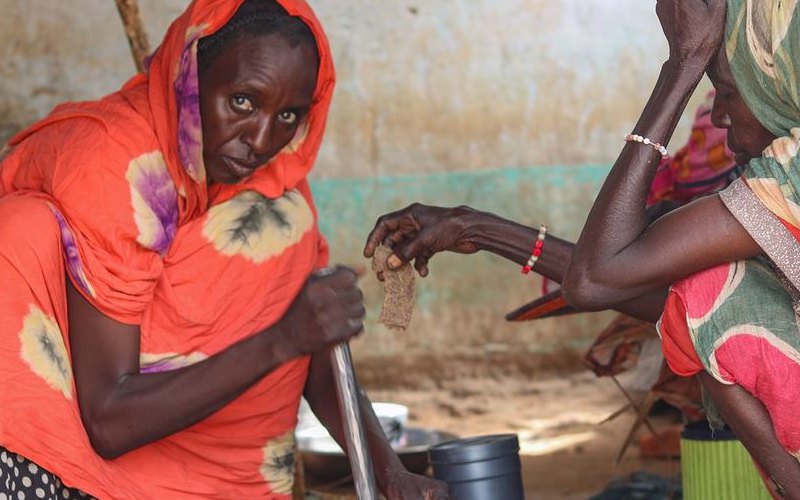Government orders removal of hazardous asbestos roofs by end of the year

Developers commonly use asbestos, a versatile substance, for purposes such as soundproofing, ceiling tiles, and insulation.
Government-owned buildings, including the Kenya Railways Corporation, Kenyatta University, Kenyatta National Hospital, and the Kenya Medical Training College, have been given until December 31, 2024, to remove asbestos roofs.
This follows a directive from the Ministry of Environment after the National Environment Management Authority (NEMA) mapped out buildings nationwide with asbestos roofing, with Nairobi recording the highest number.
More To Read
- Health Ministry tops list of NHIF debtors with Sh7.8 billion owed- RUPHA
- Duale explains shift from Linda Mama to maternal package under SHA
- Nine common household items that could be silent killers
- Kenya seeks World Bank, EU support to remove toxic asbestos roofs
- Runda residents stage protest over controversial luxury housing project
- NEMA targets Sh2 billion revenue through new digital licensing system
Environment Cabinet Secretary Aden Duale disclosed the directive during his appearance before the Petitions Committee of the National Assembly on Thursday.
He stated that three ministries have been instructed to oversee the removal of asbestos roofs, which are linked to health risks, including lung cancer.
"We cannot compromise on the health of our citizens. It is raining everywhere, and people are consuming water contaminated by these roofs. I apologise on behalf of previous regimes, but this government must tackle this issue for the sake of public health," Duale said.
The use of asbestos roofing was banned in Kenya in 2006. However, 18 years later, many government offices, barracks, schools, hospitals, and churches continue to use the material.
Duale attributed the slow progress to budgetary challenges but emphasised the need for urgent action.
"I will take a Cabinet memo to ensure we prioritise this matter at the highest level. We cannot continue using budget constraints as an excuse while Kenyans’ health is at risk," he told the committee.
NEMA's survey revealed that several notable buildings in Nairobi, including the Deliverance Church in Umoja, remain roofed with asbestos.
Duale assured the committee that the government is committed to eradicating the material, which causes mesothelioma and other cancers affecting the lungs, larynx, and ovaries.
"The biggest problem has been the government itself, but we will ensure this issue is resolved," Duale added.
He reiterated that the directive underscores the government’s renewed efforts to address a public health threat that has lingered for nearly two decades.
Developers commonly use asbestos, a versatile substance, for purposes such as soundproofing, ceiling tiles, and insulation.
Its lightweight and easy-to-install properties contributed to its previous popularity as a roofing material. Additionally, asbestos is resistant to chemical corrosion, another benefit of its use.
However, the Ministry acknowledged the dangers of asbestos, noting its association with lung cancer.
Top Stories Today












































